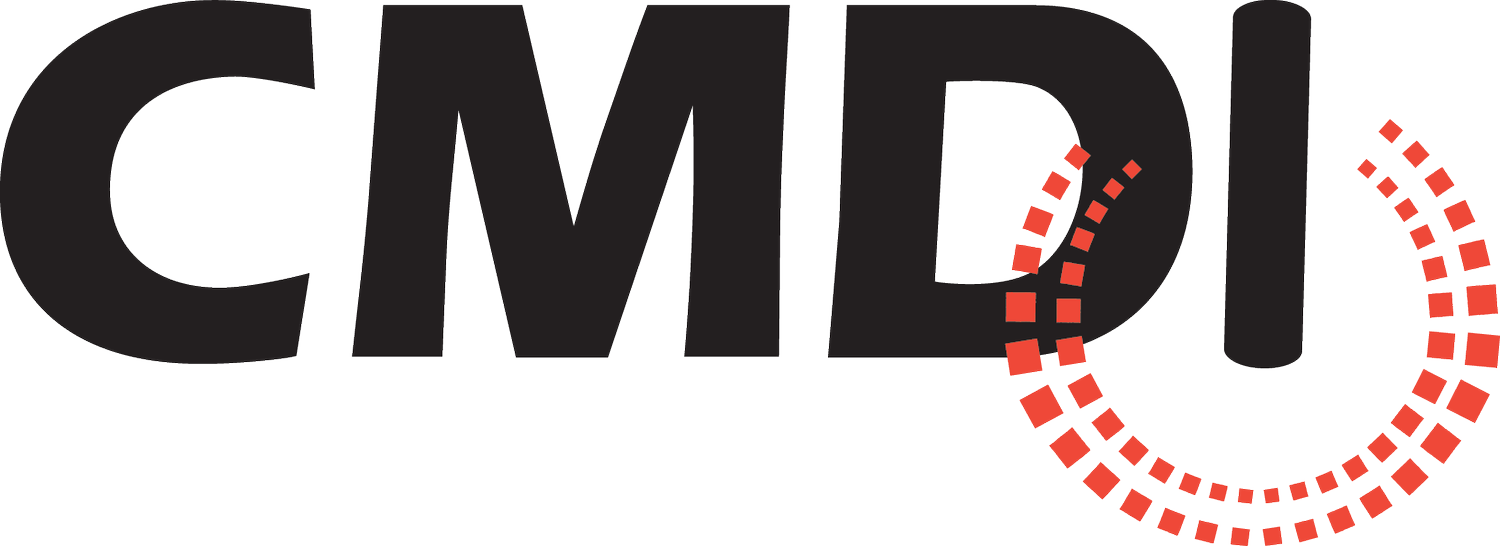Debunking the Co-op Myth
 By Matt Frattura, Vice President of Apogee
By Matt Frattura, Vice President of Apogee
Clearing the Confusion
Cooperative databases for the nonprofit and political sectors are not new, but they remain powerful and often underutilized tools for many marketers.A cooperative database is one in which donor data from participating organizations is merged for the mutual marketing benefit of its members. In the traditional cooperative environment, participants provide detailed transactional history of their donors, which gives insight into donor behavior and value. While traditional demographic data has its uses, transactional data introduces a multidimensional view of donors. Who is giving to other nonprofits and how much, high and low donation levels, and active web donors are all accessible through nonprofit co-ops. Robust models are then developed from this data for acquisition, reactivation, optimization, and donor upgrading purposes.Despite the benefits, some hesitate to participate in co-op databases. The decision not to participate is influenced by industry myths about cooperative databases—concerns about saturating their donorbase, risking unique donor data, or simply that an organization is too small to benefit can prevent participation. Let’s cut through the noise with four key reasons why every nonprofit organization can benefit from the co-op environment.
Reason 1: The Co-op is the Most Cost-Effective Tool Available to Nonprofit and Political Marketers
Participation in the cooperative environment is a game-changing opportunity to optimize your budget. Organizations and political candidates are increasingly under pressure, with an ever-shrinking prospect universe of viable donors due to a number of factors. Donor lists are highly saturated, and response rates are dropping. At the same time, mail costs are rising, from printing to mailing to list buying.The recent trend to “mail smarter”—to soften the blow of mail costs—aims to get the same number of donations from a smaller pool of donors, or to gain higher value donors with fewer pieces of mail, finding bigger fish in a smaller pond. But from our perspective, mailing smarter should mean gaining more donors of higher value by reinvesting savings. The goal should be to have an even bigger bottom-line impact than to simply mitigate mail costs.Transactional data from the co-op environment leads the way to powerful mailing models. These models in turn help find new, high-value prospects as well as donors that are more likely to donate at higher levels, all while maintaining your existing exchange relationships. Our experience shows that anywhere from 10-25% or more of typical mailing spend is wasted on reaching prospects who are unlikely to respond. Using co-op data to select and/or deselect names eliminates wasted mail spend, allowing you to avoid mailing low-quality prospects.The cooperative database also helps gets the most from your current donorbase. Transactional data helps to find lapsed donors who are still active elsewhere, and are most likely to reactivate within your program. This unique donor perspective is the nonprofit marketer’s map to upgrading lapsed donors.By overlaying co-op data on your current donorbase, you get a multi-dimensional view of which donors are actively giving and buying elsewhere, and which of them are giving more. This can allow you to find the best prospects for your own mid-level giving campaigns.In addition, you can see which of your active donors are most active givers to other groups and therefore more likely to become sustainers for your organization.
Reason 2: Get Deep Insight Without Over-Mailing Your Donors
One of the main concerns is the fear of over-saturating the market and ultimately dampening response rates. But participation in a co-op doesn’t mean your donors will suddenly be inundated with mail from other nonprofits.While every co-op is different, it makes sense to participate in more than one for many nonprofits, as every co-op database has very specific goals for participants, whether it’s finding new donors whose transactional history makes sense for targeting or reactivating previous donors who are still giving elsewhere. The goal is to create highly targeted segments, rather than simply fill mailboxes.
Reason 3: The Co-op is Low-Risk
Since every participating organization must contribute, shared responsibility keeps the risk low for everyone involved. There is no cost to participate, and co-op data is custom-modeled to your organization, enhancing the traditional “RFM” list buying practice.Generally, most co-ops do not retain “unique donor” information, so you don’t need to worry that your own unique donors will be sent to other nonprofits. Instead, most co-ops opt to incorporate only multi-occurring or duplicate donor data as it tends to be far more predictive.
Reason 4: Every Organization of Every Size Can Benefit
The co-op environment is incredibly useful for nonprofits, political organizations and candidates both large and small, especially regional and chapter-based groups, which typically struggle with donor saturation and limited universe.The co-op database can deliver a high number of potential high-value donors in a small area, and dealing with a smaller pool of donors makes finding quality prospects even more important. The co-op helps identify seemingly unrelated organizations with overlapping segments to maximize donor targeting. And as the co-op grows and more organizations join, its resourcefulness and efficiency only increase.About Apogee from Infogroup Nonprofit SolutionsIn essence, the nonprofit co-op is really about leveraging relationships, and the co-op environment. Apogee, contains many organizations that have never joined other co-ops, giving you access to unique data not available elsewhere. As a leader in powerful demographic and psychographic data, Infogroup Nonprofit Solutions is able to offer Apogee access at lower costs than other co-ops. Built and maintained by nonprofit and political marketers and industry experts, Apogee offers nonprofits a cooperative environment unparalleled in ability and efficiency. By joining a growing number of organizations using Apogee’s nonprofit and political co-op environment, your organization too can realize higher donor streams and re-direct wasted budget to increase ROI.Matt Frattura is the vice president of Apogee, which is available in the CrimsonMarket.
